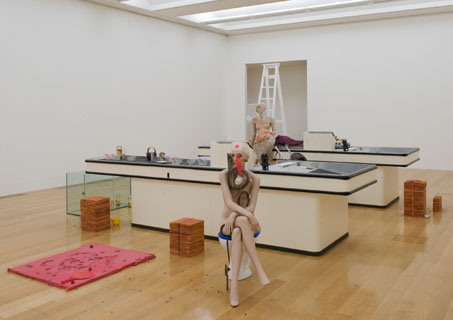The original function of the Turner Prize, inaugurated in 1984, was to reward the best British artists and to create a stir about contemporary works of art – much as the Booker Prize had created a stir about contemporary works of literary fiction. Despite the relative simplicity of those aims, it took a while to settle into an established pattern. After a few years of giving out awards for lifetime achievement to the likes of Gilbert and George and Richard Long, the powers that be decided to make some changes. Mature artists – deemed for some reason to be generically more sensitive, vulnerable and prone to self-doubt than mature novelists – should not be subjected to the potential embarrassment of competition with those much younger than themselves. As a result, an age limit of 50 was imposed on all Turner Prize nominees, which at a stroke transformed the award into a prize for younger and (mostly) middle-aged artists. Henceforth, each artist was only to be judged on a body of work created during the past year. This last condition was, admittedly, a distinct improvement, for the simple reason that it levelled the playing field and established, seemingly for once and for all, what the prize was actually for.
Nevertheless, the idea of subjecting such supposedly fragile beings as artists to the rigours of competition clearly continues to trouble those administering the prize. Tate Britain’s director, Stephen Deuchar, expressed this spirit of nervousness at the opening of this year’s Turner Prize exhibition. The main purpose of the event, he declared, was “to draw attention to new developments in the world of contemporary art in Britain and to encourage wide debate around them.” But if the main purpose of the Turner Prize really is to provoke debate then perhaps it should...
Nevertheless, the idea of subjecting such supposedly fragile beings as artists to the rigours of competition clearly continues to trouble those administering the prize. Tate Britain’s director, Stephen Deuchar, expressed this spirit of nervousness at the opening of this year’s Turner Prize exhibition. The main purpose of the event, he declared, was “to draw attention to new developments in the world of contemporary art in Britain and to encourage wide debate around them.” But if the main purpose of the Turner Prize really is to provoke debate then perhaps it should...


